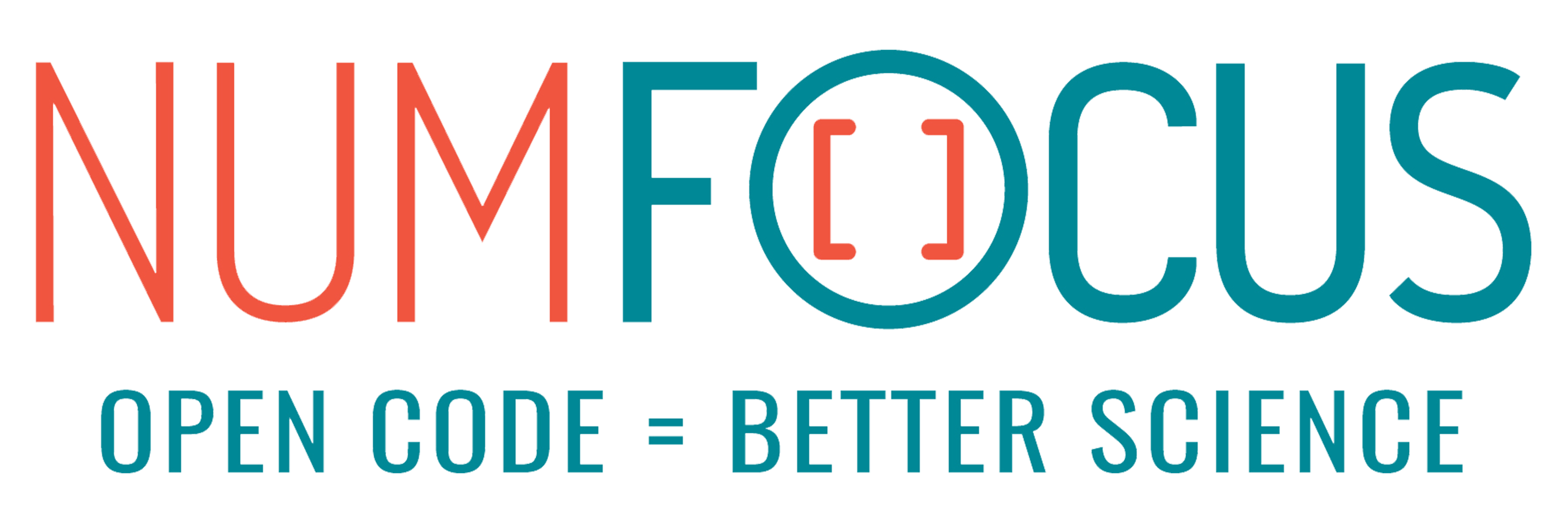Visit the WWT landing page for an overview of what WorldWide Telescope is and why you might want to use it.
WWT is a fiscally sponsored project of NumFOCUS, a nonprofit dedicated to supporting the open-source scientific computing community. If you like WWT and want to support our mission, please consider making a tax-deductible donation to support our efforts.
NumFOCUS is a 501(c)(3) non-profit charity in the United States; as such, donations to NumFOCUS are tax-deductible as allowed by law. As with any donation, you should consult with your personal tax adviser or the IRS about your particular tax situation.
The American Astronomical Society (AAS) is a founding sponsor of the WorldWide Telescope project and assisted with its transition from a commercial to an Open Source effort. Significant financial, administrative, and programmatic support enabled the fully open realization of this amazing resource, which continues to be utilized throughout the astronomical community for a variety of educational and research-related efforts.
Purpose Statement
The purpose of the WorldWide Telescope project is to enable the seamless visualization and sharing of scientific data and stories from major telescopes, observatories, and institutions among students and researchers, through science museums and full-dome immersive planetariums, and in scholarly publications.
Project History
The original conception of the WorldWide Telescope project dates back to at least 2002, when legendary database researcher Jim Gray envisioned a system to organize the world’s astronomical imagery in the same way that his Terraserver project was organizing imagery of the Earth. Jim’s tragic disappearance at sea in 2007 spurred his colleagues at Microsoft Research (MSR) to launch an undertaking to turn his dream into a reality, recruiting 3D graphics expert and astronomy enthusiast Jonathan Fay to lead the software development in collaboration with professional educators and astronomers like Harvard professor Alyssa Goodman.
The WWT Windows client was first publicly demonstrated in February 2008 at a TED conference. Just a year later, the first edition of WWT as a web application was released. In the ensuing years at MSR, the WWT system acquired many now-familiar features, delighted millions of planetarium-goers, expanded its scope to areas such as earth and planetary science, and reached millions of downloads and active users.
In 2014, reorganizations within MSR left the WorldWide Telescope project looking for a new institutional home. Microsoft made the bold decision to take the project to open-source, transferring the project intellectual property to the .NET Foundation and releasing the source code on GitHub under the permissive MIT License. With support from the National Science Foundation, a task force convened to chart a new course for the project.
After a thorough search, in 2016 it was announced that the WWT project would be taken on by the non-profit American Astronomical Society (AAS), the major organization of professional astronomers in North America. The mission of the AAS is to “Enhance and share humanity’s scientific understanding of the universe,” making the two a natural pairing.
In 2023, the project graduated to fiscal sponsorship by NumFOCUS, a nonprofit dedicated to supporting the open-source scientific computing community.
While NumFOCUS helps the project manage certain core assets, openness to all comers is a core value, and the WWT governance model aspires to embody that value. If you’d like to get involved in the WWT community, connect with us and introduce yourself!
Awards
See the Acknowledgments page for grants that have supported the WWT project.
- Selected for 365: AIGA Year In Design 29 (2008), experience design category.
- I.D. Magazine 2009 Annual Design Review, Best of Category: Interactive
